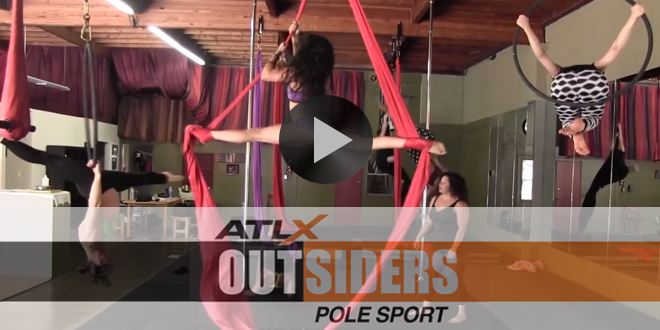By: Aaron Fischman

If you’ve been to a weight room, typically one of the first things you’ll notice is the segregation of the genders. Hovered around the bench press and other upper body equipment will likely be a group of men, while women will probably outnumber men in the cardio area, where the treadmills, ellipticals and bikes reside.
Also, “there is still a noticeable imbalance in the classes,” according to Joe Michel, a personal trainer at the Pacific Palisades Spectrum Club. “Typically, you’re going to see much more ladies in the dance classes, the aerobics classes and all that.”
The only class where Michel has noticed more of a gender balance is spinning. His colleague, Sally Linden, who has been a trainer for more than 40 years, agreed, noting that husbands and wives often spin together. According to Linden, “If they’re biking outside, they’re not going to be equal, whereas, here, we can still train them on the same machines, but they don’t have to be at the same level.”
 When Michel began working at Spectrum 12 years ago, the gym was much more gender-segregated than it is now. “Over time, it’s kind of evolved to more emphasis on core strengthening, and throughout the years that buzzword became popular.”
When Michel began working at Spectrum 12 years ago, the gym was much more gender-segregated than it is now. “Over time, it’s kind of evolved to more emphasis on core strengthening, and throughout the years that buzzword became popular.”
According to Ted Woods, fitness manager for the Pacific Palisades Spectrum, women have increasingly begun to add strength training to their regimens over the last 10 years, as they’ve grown more comfortable with it. For Woods, because the “competitive nature and what to do in a weight room can be super-intimidating” for women who haven’t spent much time there, trainers are a valuable “point of entrance” for many.
When ATLX visited Spectrum, in the main weight room, three of the four women engaged in strength training were accompanied by a trainer. The men, however, were all working out by themselves. Although the study was unscientific, to be sure, it aligned with Woods’ theory.
As with spinning leveling the playing field between the genders, bodyweight strength training, such as calisthenics and TRX suspension training, has had the same effect.
“They call it metabolic training which is really just a fancy way of talking about burning more calories and sort of not that maximal strength resistance training that historically men have been known for – I think is really redefining what being strong is,” said Woods.
“That idea of ‘how much do you bench’ has kind of moved away, because people are much more interested in how fitness and being strong works into their quality of life.
“What we’ve found with the small-group, boot-camp style, [is] it evens the playing field a lot more.”
He used a personal example to illustrate the point. The gym’s general manager, Diana Poff, has taken classes with Woods, who would easily “outbench” her, but she’s his relative equal when it comes to a bodyweight exercise, like pushups or pull-ups.
“If she’s doing 25 pushups and I’m failing at 20, she’s kicking my butt, and it’s fun because it creates this whole other experience to train with someone else,” said Woods.
Some women and even a few men have expressed concern to their trainers about “getting too big” with regard to muscle size, according to Michel. If this issue is raised, Michel will sit his client down and explain the benefits of strength training.
“Building lean muscle tissue is really important for helping your metabolic rate [and] for helping your body just use its fuel more efficiently,” noted Michel. “That’s how you’re really going to change your body composition.”
In addition to that, he will explain to his client that, although rare, if they deem their muscles have become too large, they should let him know and he would be more than happy to readjust their regimen and “take it back a step or two.”
As you can see with your own eyes, men and women have different tendencies at the gym. Although that remains to be true, strength training has gradually become an integral part of many women’s workouts over the last decade. In recent years, trainers and the popularization of bodyweight workouts have helped facilitate this trend.
For more information on Spectrum Clubs, visit their website here.
 ATLX The only sports entertainment television and digital media network fully devoted to everyday athletes, athletic lifestyle and athletic culture.
ATLX The only sports entertainment television and digital media network fully devoted to everyday athletes, athletic lifestyle and athletic culture.




